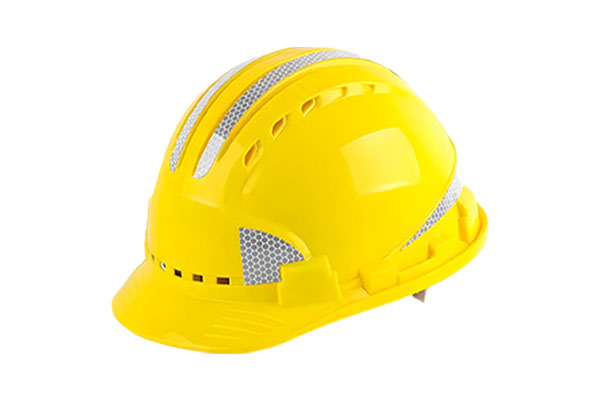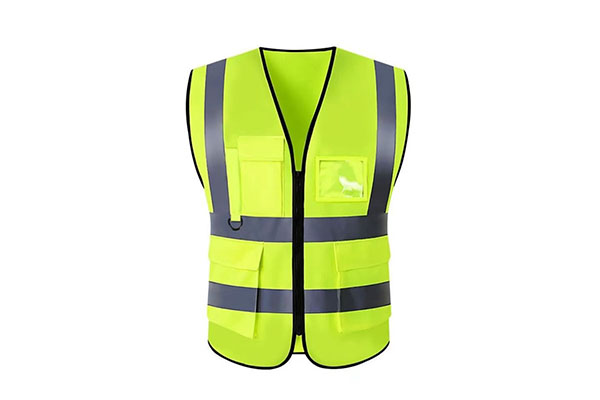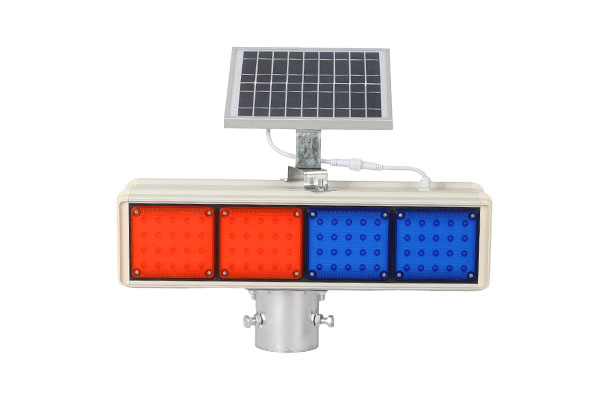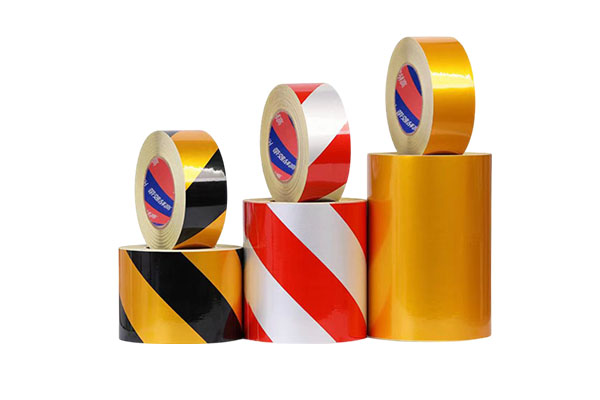How does the elastic design of a reflective vest balance fit and freedom of movement?
Release Time : 2025-09-29
The elastic design of a reflective vest requires a dynamic balance between fit and freedom of movement. This process involves a deep integration of material selection, structural optimization, and ergonomic principles. The core principle is to leverage the elastic material's stretchability and resilience to achieve an adaptive fit to the body's curves while avoiding excessive restriction that limits range of motion.
The selection of elastic materials is the material foundation for achieving this balance between fit and freedom of movement. Modern reflective vests often utilize high-stretch mesh or high-stretch plain oxford fabric. These materials exhibit both longitudinal and transverse elasticity, allowing them to automatically adjust their tightness based on the body's range of motion. For example, when the wearer bends or raises their arms, the fabric stretches laterally to accommodate the expanded torso area. When at rest, the fabric rebounds to a snug fit, preventing the vest from slipping or shifting. This bidirectional elastic mechanism ensures close contact between the vest and the body while avoiding the oppressive feeling associated with the lack of elasticity found in traditional rigid materials.
Optimizing structural design is a key technical approach to achieving this balance. Reflective vests achieve a precise fit through modular elastic zoning. For example, high-stretch fabrics are used in areas of high joint movement, such as the shoulders, underarms, and waist, while medium-stretch materials are used in static support areas, such as the chest and back. Some designs also incorporate adjustable elastic components, such as retractable shoulder straps and a tightening waistband. The synergy between mechanical structure and elastic material allows the wearer to dynamically adjust the tightness of the vest based on body shape and activity requirements. This layered elastic design ensures stability in the core while freeing up space for joint movement.
Ergonomic tailoring provides theoretical support for elastic design. The reflective vest's three-dimensional cut simulates the dynamic shape of the human body. For example, 3D draping technology is used to create a naturally curved structure that conforms to the body's curves. As the wearer moves, the elastic fabric and pre-shaped cut work together to allow the vest to adapt to body movements rather than simply stretching. This design concept elevates the elastic material's function from passive adaptation to active coordination, significantly enhancing freedom of movement.
The synergistic design of breathability and elasticity further enhances the wearing experience. High-stretch mesh fabric's porous structure allows for air circulation, maintaining elasticity while reducing stuffiness. This material property maintains microcirculation between the skin and the fabric even when worn for extended periods or in high-temperature environments, preventing the vest from sticking to the body due to perspiration. The dual benefits of elasticity and breathability allow users to enjoy a free-flowing experience while staying dry during high-intensity activities.
Compatibility between the reflective striping layout and the elastic design is also crucial. The reflective material must be fixed to the elastic fabric, requiring a sewing process that can withstand repeated stretching while maintaining the reflective striping's flatness. By utilizing high-strength seams and an elastic backing, the reflective striping expands and contracts with the fabric without wrinkling or falling apart, ensuring high visibility from a 360-degree angle. This technical process ensures that elastic design does not compromise safety performance.
The diversity of practical application scenarios creates differentiated requirements for elastic design. In situations requiring extensive body movement, such as traffic management and construction, vests require greater elasticity and resilience. In mobile environments, such as warehousing and logistics and night patrols, lightweight and low-restriction properties are more important. Some brands have developed product lines with multiple elasticity levels to meet the specific freedom of movement requirements of different jobs.
The interdisciplinary integration of materials science and ergonomics has enabled reflective vest elasticity design to transcend the technical limitations of a single dimension. By leveraging the physical properties of elastic materials, the mechanical intelligence of structural design, the morphological simulation of tailoring, and the environmental adaptability of ventilation systems, modern reflective vests achieve a dynamic balance between fit and freedom of movement. This balance not only improves user safety and work efficiency, but also redefines the standard of humanization in functional protective equipment.







